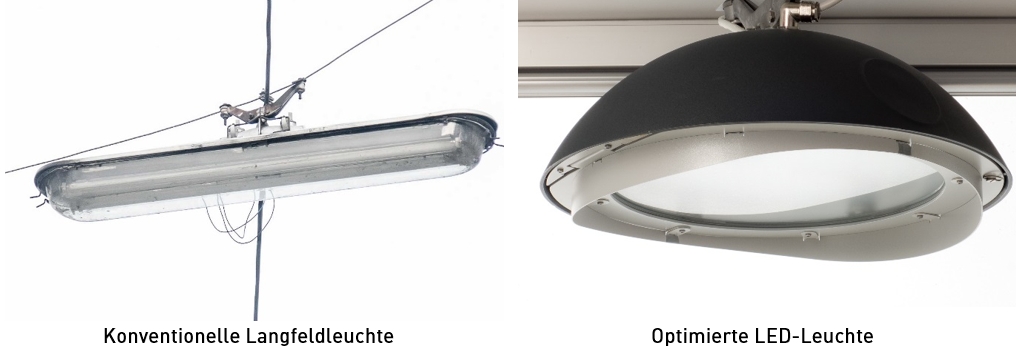Energy-efficient lighting systems in urban street space
The UrbanLight research project created the conditions for the changeover from conventional linear luminaires to state-of-the-art LED lighting in the city of Vienna.
The starting point
LED technology is massively advancing - both in private and business contexts. The enormous energy-saving potential makes LED ("Light Emitting Diode") also interesting for the illumination of urban public spaces - and poses great challenges for municipal administration. On the one hand, the existing infrastructure must be adapted accordingly, and on the other hand, it must be clarified what acceptance LED lighting systems actually have among the population. Even though modern LED lighting fixtures meet all current standards (e.g. EN 13201, ÖN 1052), they are often judged to be garish, sometimes dazzling and therefore unpleasant.
This is where the AIT Austrian Institute of Technology, together with its research partner Bartenbach and supported by the Vienna MA 33, comes in. On the one hand, they investigated the perception of conventional linear luminaires in comparison to LED lighting by street users and on the other hand, they investigated the influence of different lighting systems on people's behavior in street spaces.
The project
Three different lighting scenarios were evaluated in the test area of Blumauergasse in Vienna's second district. First the existing, conventional street lighting (linear luminaires), followed by lighting with state-of-the-art LED luminaires and finally street lighting with optimized LED luminaires. In this context, "optimized" means that the negative characteristics of the state-of-the-art LED luminaire identified in the second lighting scenario have been weakened or reversed into the positive by a modified luminaire design.
The surveys on the perceived quality of the different illumination of the urban space were conducted with residents (N=58), passers-by (N=367) and pre-informed pedestrians (N=91) as well as drivers (N=80).
In addition to the interviews, a pedestrian observation was conducted for each lighting scenario (N=1341) in order to be able to detect a possible actual change in behavior caused by the different lighting systems.
The results
The results of the research clearly showed that both pre-informed and randomly selected people preferred LED lighting systems - both in terms of the quality of illumination of the road and the perceptibility of other road users. Also, the illumination of the sidewalk was perceived by both groups as significantly better when LED technology was used. Pedestrians felt much more comfortable with LED street lighting in the evening and at night, while drivers perceived the best uniformity in illuminating the road with LED lighting. At the same time, the pedestrian observation showed that the change of the lighting system had no influence on the actual behavior of the people, even safety-critical situations did not play a role in the end.
From the sum of the findings, it can be assumed that a large-scale conversion in public street space from conventional linear luminaires to LED lighting with an appropriate luminaire design - in addition to a blatant energy saving potential - will have a rather positive effect on mobility behavior as well as the feeling of safety and well-being.







![[Translate to English:] Bartenbach research & development Logo](/fileadmin/mc/mobility/Projects/IMS/UrbanLight/Bartenbach_Logo.png)
![[Translate to English:] Stadt Wien - Wien leuchtet Logo](/fileadmin/mc/mobility/Projects/IMS/UrbanLight/stadtwien_Logo.jpg)